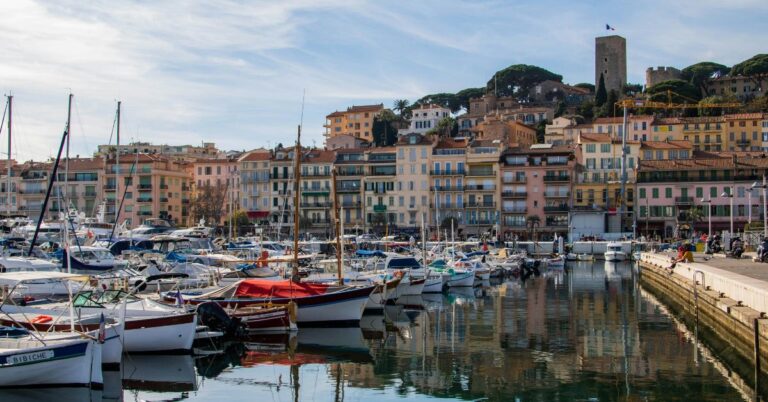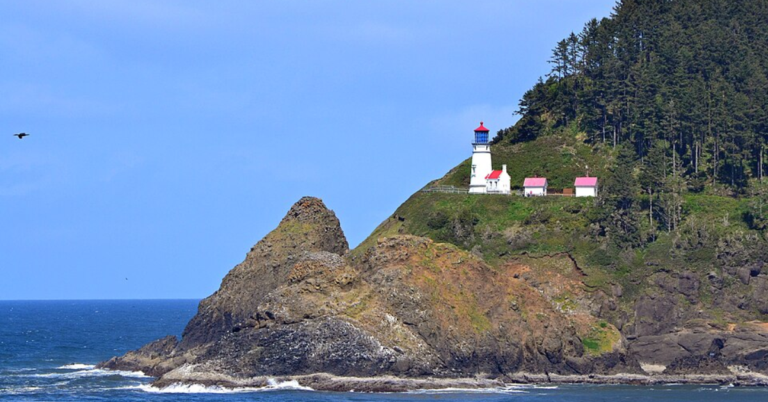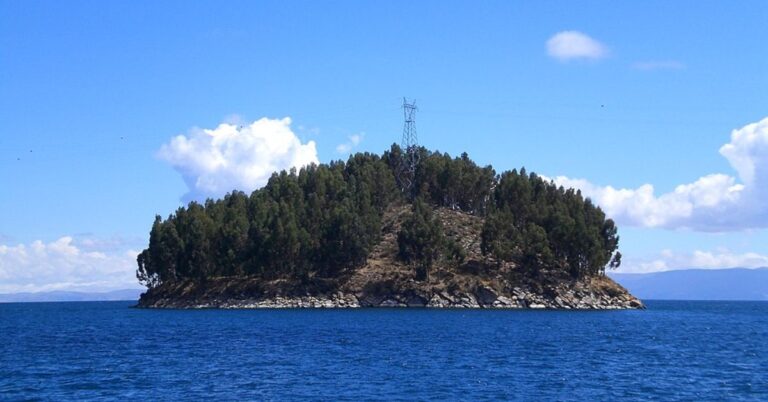25 Idyllic Countryside Destinations Hidden Across Tuscany
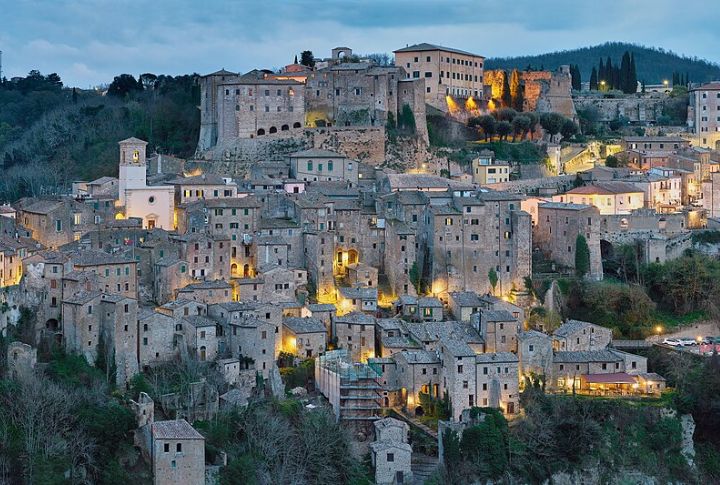
Tuscany has a way of capturing your soul, but some of its most charming spots are hidden far from the usual tourist paths. Each feels frozen in time, holding onto a rhythm and beauty that never rushed to catch up with the modern world. If you’re craving a slower pace, these places are straight out of a dream.
Castiglione Di Garfagnana
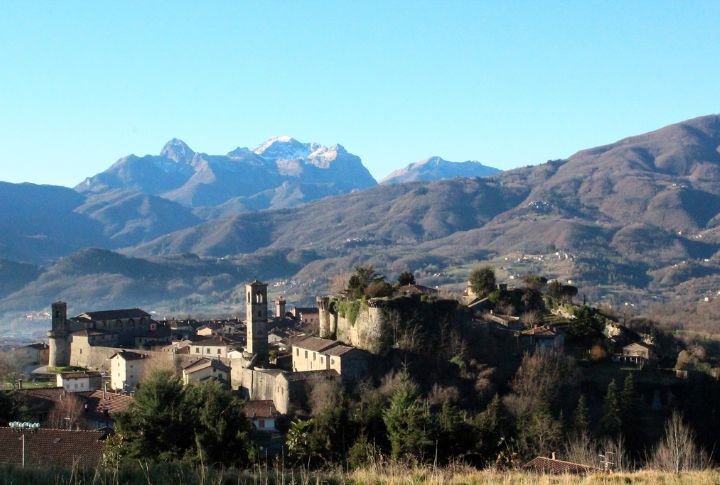
Heavy stone walls still guard this hill town’s edge, where the 14th-century Rocca stands watch over the Serchio Valley. Inside the walls, chestnut trees remain central to daily life and are celebrated each autumn during the sagra. And around them, winding alleys and ancient towers carry the weight of Alpine traditions, still untouched by modern tourism.
Pitigliano

Buildings rise from living rock in this clifftop village carved into volcanic tufa. The Jewish quarter holds a 16th-century synagogue and matzo oven. You will also find ancient Etruscan passageways, known as vie caves, that tunnel through the surrounding hills. Altogether, the architecture seems part of the land itself, shaped by history and stone.
Barga
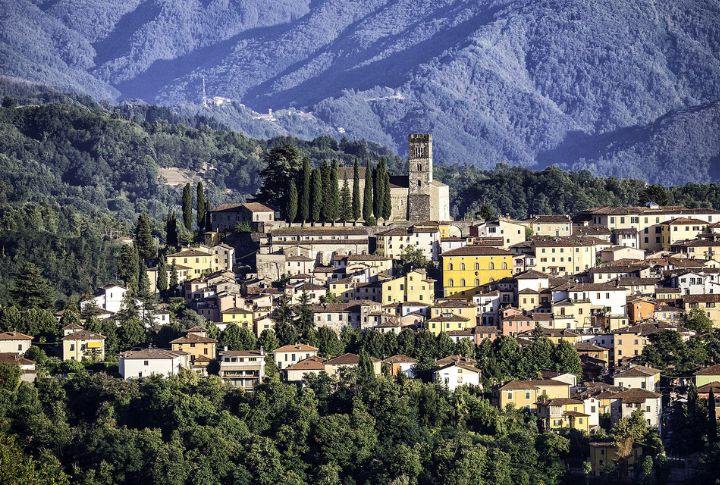
The 11th-century Duomo overlooks the Serchio Valley from a terrace of worn limestone. Explore medieval arcades and palaces that reflect a layered past shaped by shifting fortunes and cultural exchange. Known as Italy’s most Scottish town, Barga maintains strong links with the Highlands. Each summer, jazz drifts through piazzas during its international festival.
Montemerano
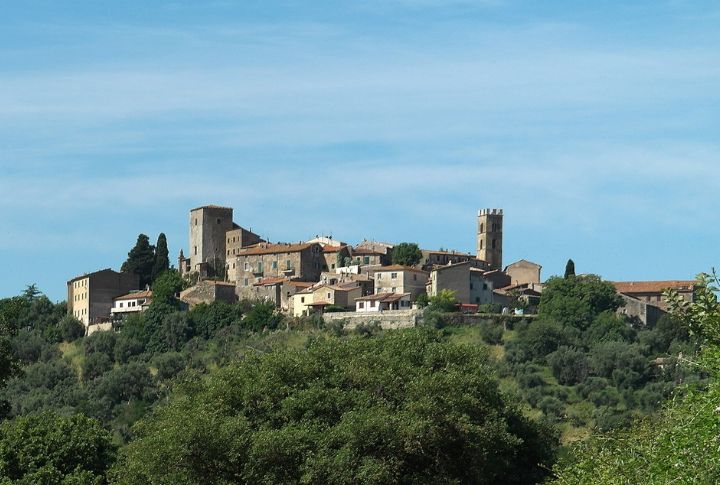
Paved curves lead to a central square framed by Renaissance arches and fresco-covered churches. One of them, the Church of San Giorgio, preserves vivid religious artwork dating back to the 1400s. Olive groves stretch toward nearby Saturnia, where natural hot springs still bubble beside Roman ruins.
Castelnuovo Di Val Di Cecina
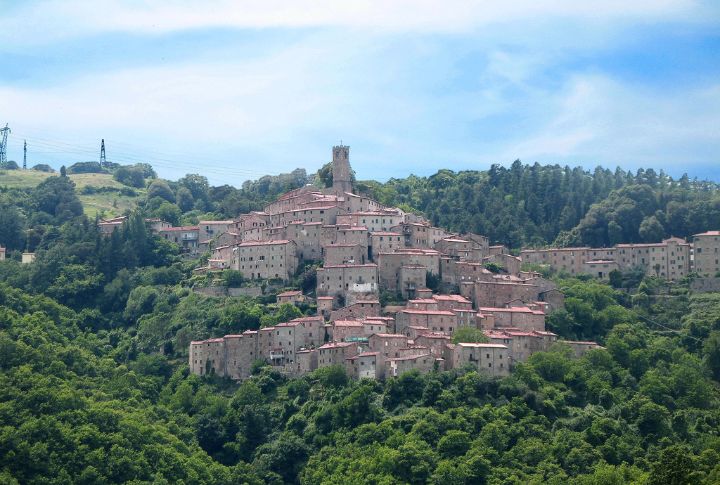
Built on an ancient Etruscan site, this compact settlement clusters along ridges cloaked in forest. Its narrow streets run past timeworn stone houses and a bell tower that has chimed for centuries. Surrounded by geothermal terrain, it sits near Tuscany’s oldest steam fields while natural vents still hiss from the hillsides.
Anghiari
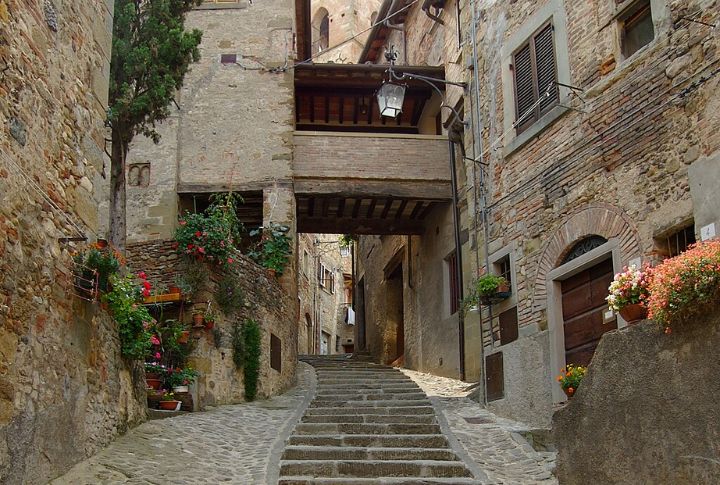
Stone-paved lanes descend from high walls that once overlooked the 1440 Battle of Anghiari. The memory of that famous clash lingers in museums and artisan studios lining the historic core. Looms and hand-dyed fabrics connect past to present, as Anghiari remains a center for traditional textile craftsmanship across the Tiber Valley.
Sovana
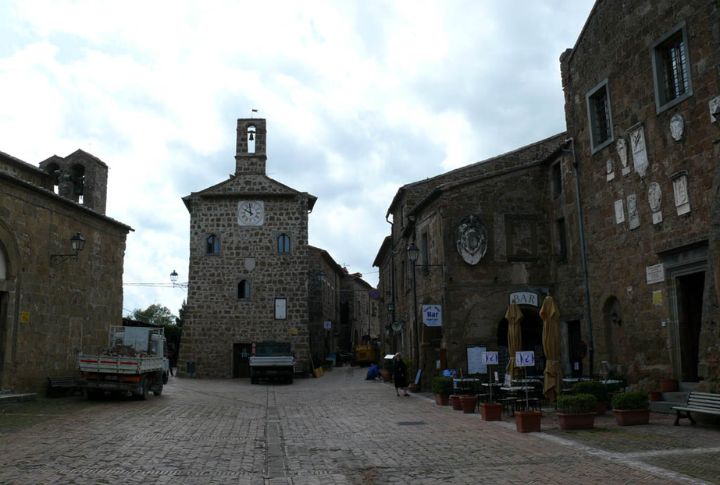
Romanesque facades mark the surface, but Etruscan tombs lie hidden in the cliffs beyond the village. Sovana’s cathedral rises with understated grandeur beside rough pathways carved centuries earlier. These layers form an open-air timeline where centuries-old frescoes and long-forgotten necropolises seem equally at home among olive groves and vines.
Castelmuzio
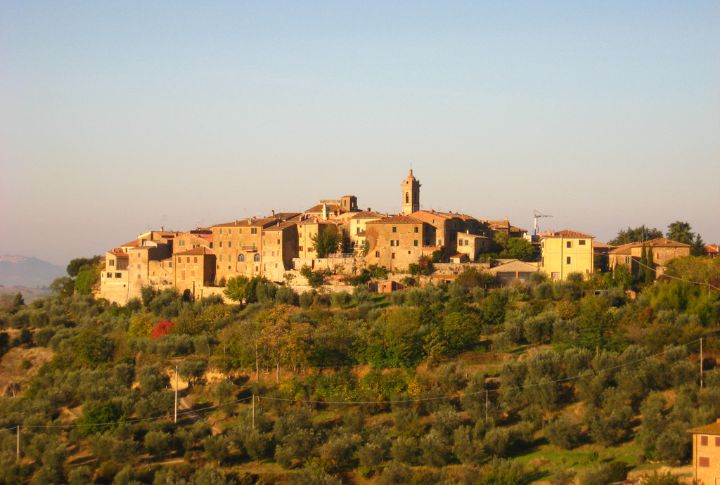
Stone cottages circle a high point near the Val d’Orcia, with cypress trees standing like sentinels across golden farmland. Small chapels appear between winding lanes, echoing a quieter rhythm shaped by monastic influence. As dusk settles, honey-colored facades reflect the day’s final light. The architecture and scenery combine to create a unified sense of stillness.
Coreglia Antelminelli

High above Lucca, this mountain town became a hub for plaster figurine artisans who exported miniatures throughout Europe. That creative spirit still pulses through local museums and steep alleys filled with fading signage. Encircled by chestnut forests, the village merges cultural heritage with panoramic views draped in morning mist.
Monticchiello
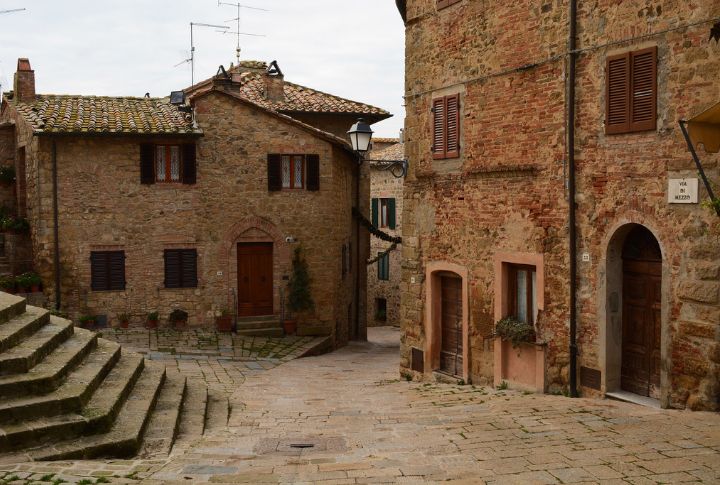
Theater meets tradition in this walled hill town where locals stage an annual summer play called the Teatro Povero. Beyond the performances, narrow roads pass terraced gardens and quiet cafes shaded by arching gates. Artistic energy runs deep, linking old-world architecture with the region’s enduring affection for storytelling.
San Gusme
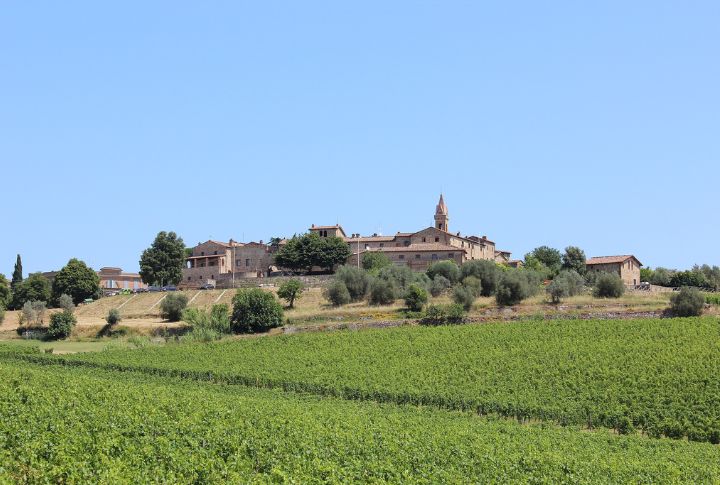
The Chianti outpost rests between vineyards and gentle hillsides. Vines crawl over weathered facades, while local legends, like the “Omone” statue, lend a touch of whimsy to the tiny piazza. That playful tone softens the feudal-era setting, where well-preserved alleys lead to shaded corners perfect for lingering.
San Casciano Dei Bagni

Hot springs flow beneath Roman ruins and Renaissance buildings in this peaceful spa town. Ancient bathing pools continue to attract those drawn by mineral-rich waters, just as they did two thousand years ago. Around the piazza, stone buildings house quiet cafes and artisan shops that mirror the pace of the countryside.
Raggiolo
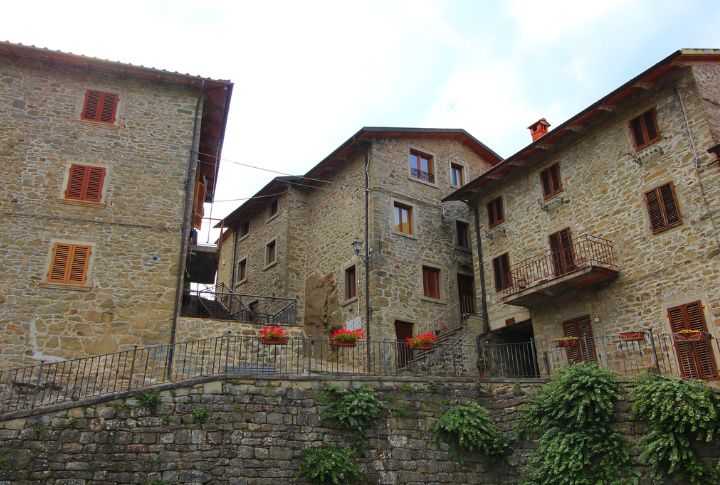
Once central to Tuscany’s charcoal economy, Raggiolo traces its story through slate-roofed homes stacked above deep woods. Chestnut trails wind through the Casentino forests each autumn, leading to seasonal festivals rooted in ancient food traditions. With few tourists and dense nature on every side, the village feels quietly self-contained.
Buonconvento
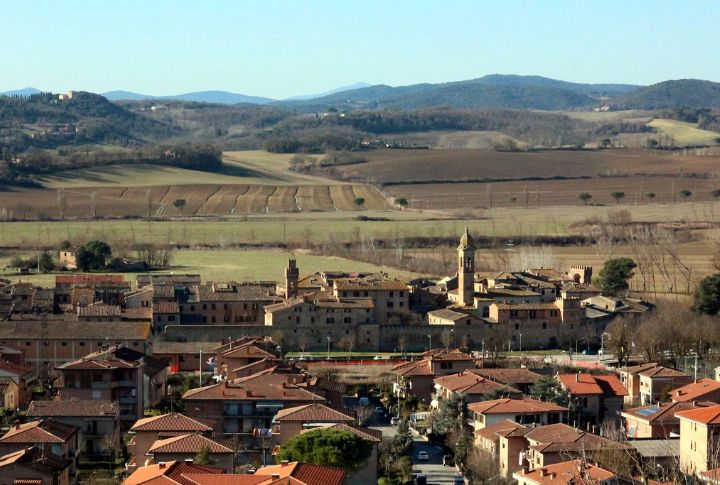
Gateways along the Via Francigena mark the entrance to this former pilgrims’ stop, where brick buildings glow in warm earth tones. Frescoes and artifacts fill the Museo della Mezzadria, chronicling rural life under sharecropping. As fields unfold beyond the walls, family-run trattorias serve meals grounded in local history and soil.
Lucignano
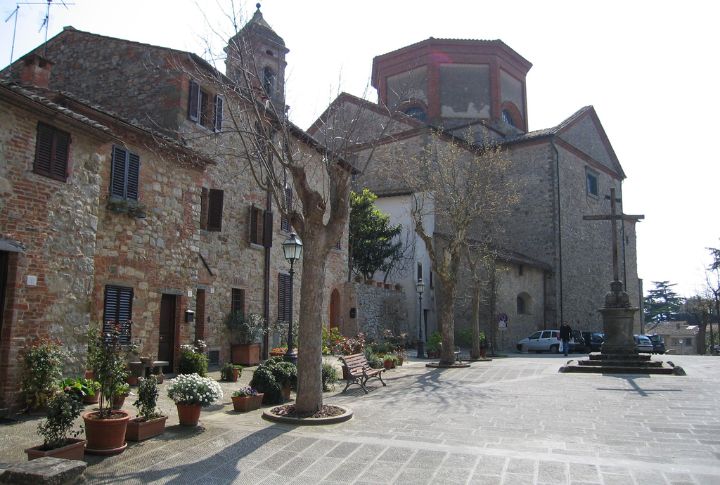
Street patterns spiral inward in this perfectly oval village, one of the rarest urban layouts in Europe. Timeworn palaces and Romanesque churches align inside the concentric walls along brick paths. The Maggiolata festival brings floral displays and costumed parades reflecting pride and deep-rooted seasonal rituals every May.
Sant’Angelo In Colle
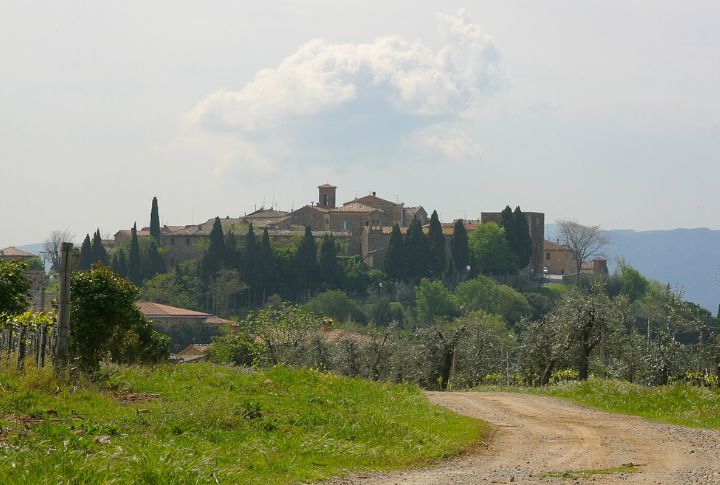
Vineyards and olive groves line the curving paths that lead to this hilltop hamlet above the Montalcino plains. You’ll admire the terracotta roofs clustered around a modest bell tower that marks the village skyline. Beyond the last row of homes, views stretch toward Mount Amiata, tying vineyard hills and wilderness into one sweeping panorama.
Giglio Castello
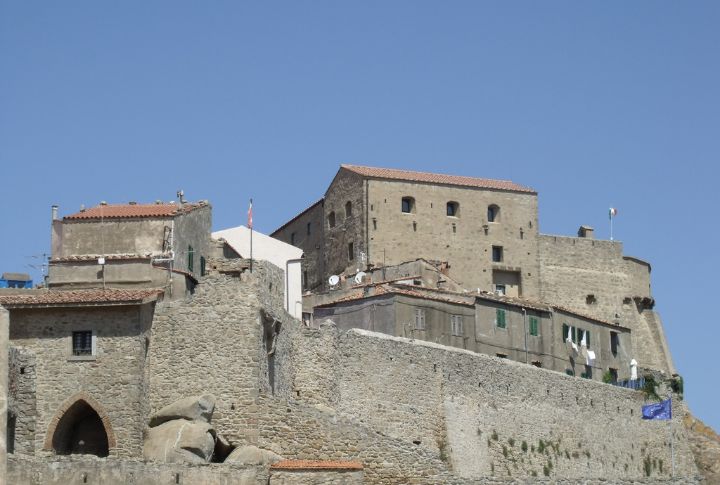
Encircled by granite walls atop Giglio Island, this fortress village once served as a coastal defense against Saracen raids. Narrow alleys tunnel between thick buildings and open suddenly to glimpses of the Tyrrhenian Sea. While fishermen still launch from the ports below, mountain grapes and figs shape life within the walls.
Semproniano
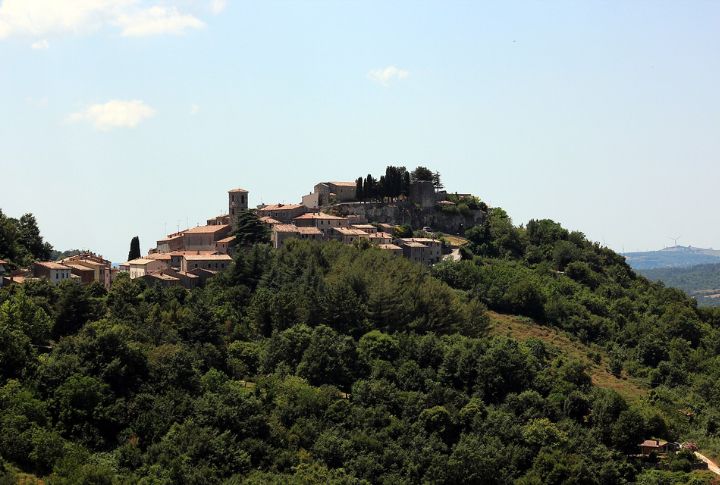
Set among wooded hills in the Albegna Valley, Semproniano pairs age-worn structures with early Roman remnants found throughout the surrounding countryside. Its proximity to Saturnia’s hot springs adds appeal, though the stone homes and shaded lanes remain low-profile.
Lari
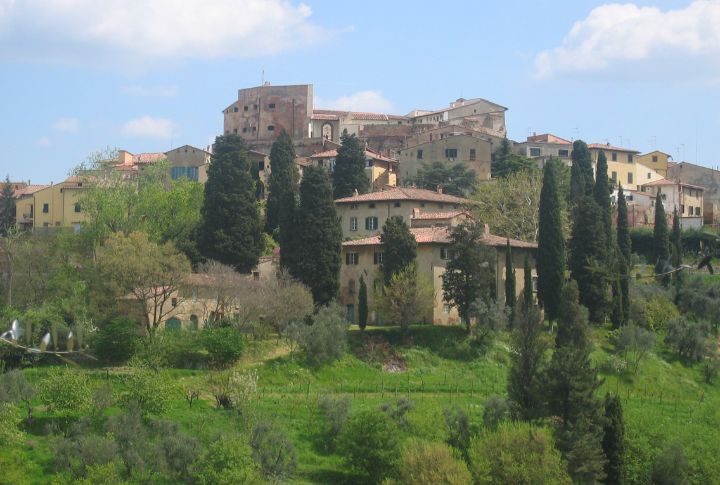
A hilltop castle anchors this colorful village with walls overlooking cherry orchards that bloom in spring. Cobbled bridges lead into narrow lanes where festivals light up the streets each June. Known for its fruit, Lari also celebrates pasta-making traditions tied to the surrounding countryside’s agricultural roots.
Suvereto
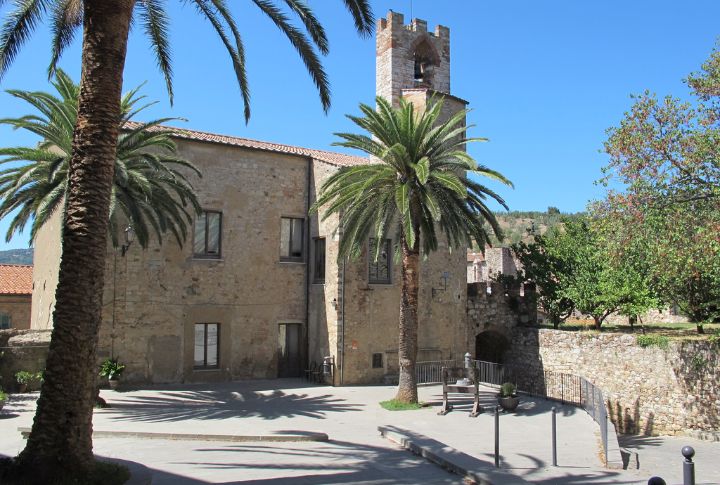
Suvereto, whose origins date back to 973 AD, is a village rich in history and charm. Rocca Aldobrandesca, built in the 12th century, commands the skyline, while the stone-lined lanes below echo with centuries of history. Away from all the city chaos, this community remains a peaceful, timeless retreat surrounded by rolling hills and olive groves.
Chiusdino

Stories of Saint Galgano echo through the hill town, built not far from the roofless abbey that bears his name. Did you know the ‘Sword in the Stone’ legend began in a nearby chapel, where a blade still remains embedded in rock? During the evenings, take a stroll down the quiet historic lanes that weave through chapels and homes tied to centuries of religious lore.
Rocca D’Orcia
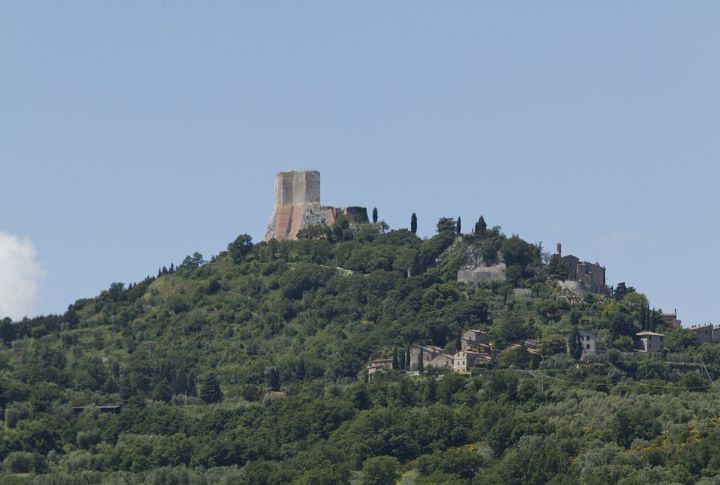
A steep incline leads to this fortified hamlet overlooking the Val d’Orcia. At the top stands the Rocca di Tentennano, a historic tower offering panoramic views of cypress-lined roads and golden fields. Down below, stone stairways and weathered archways preserve a rhythm of life untouched by fast-moving crowds.
Sorano
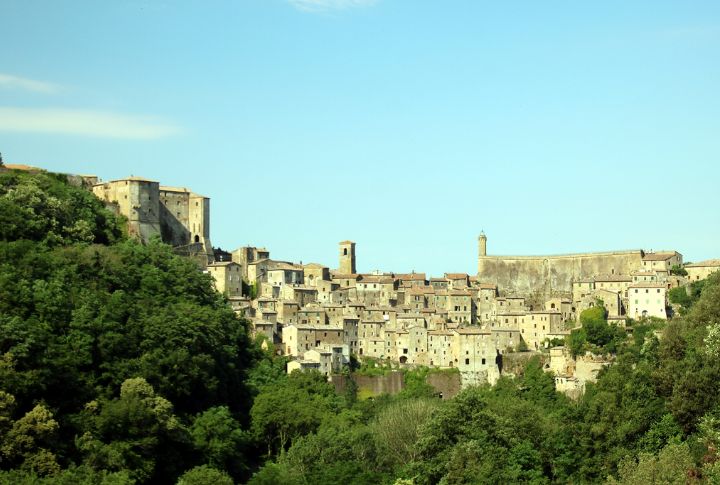
Masonry homes rise directly from the cliffside in this village, which is carved into volcanic rock. Etruscan tombs cut into surrounding stone add mystery to a town already defined by shadowy tunnels and sun-dappled courtyards. Each corner reveals a new blend of natural terrain and enduring architecture shaped by time.
Trequanda

Set between vineyards and soft hills, Trequanda centers around a partly preserved castle and a Romanesque church with glazed terracotta details. Local life unfolds on the main piazza during market mornings and autumn festivals, while at the village’s edge, layered ridges stretch toward the horizon in soft blue-green folds.
Montefioralle
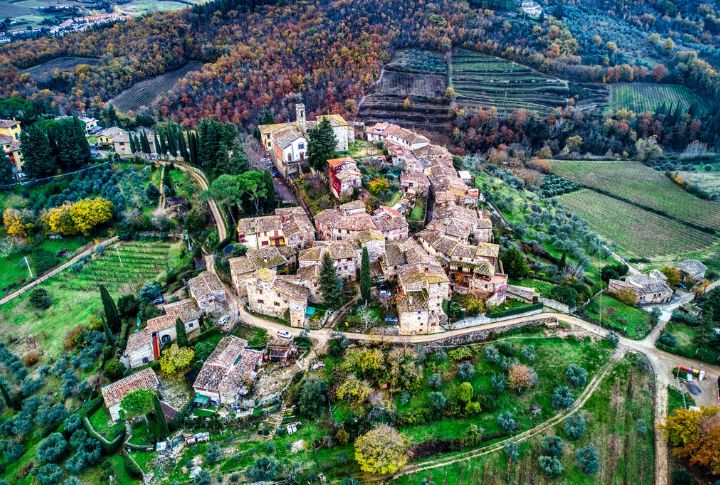
Encircling a single narrow street, this medieval village clings to the hillside above Greve in Chianti. Roses climb over doorways, and vines drape the walls of circular homes that form the original fortification. Everything feels perfectly arranged into place, from stone arches to lavender scents that drift between open shutters.




